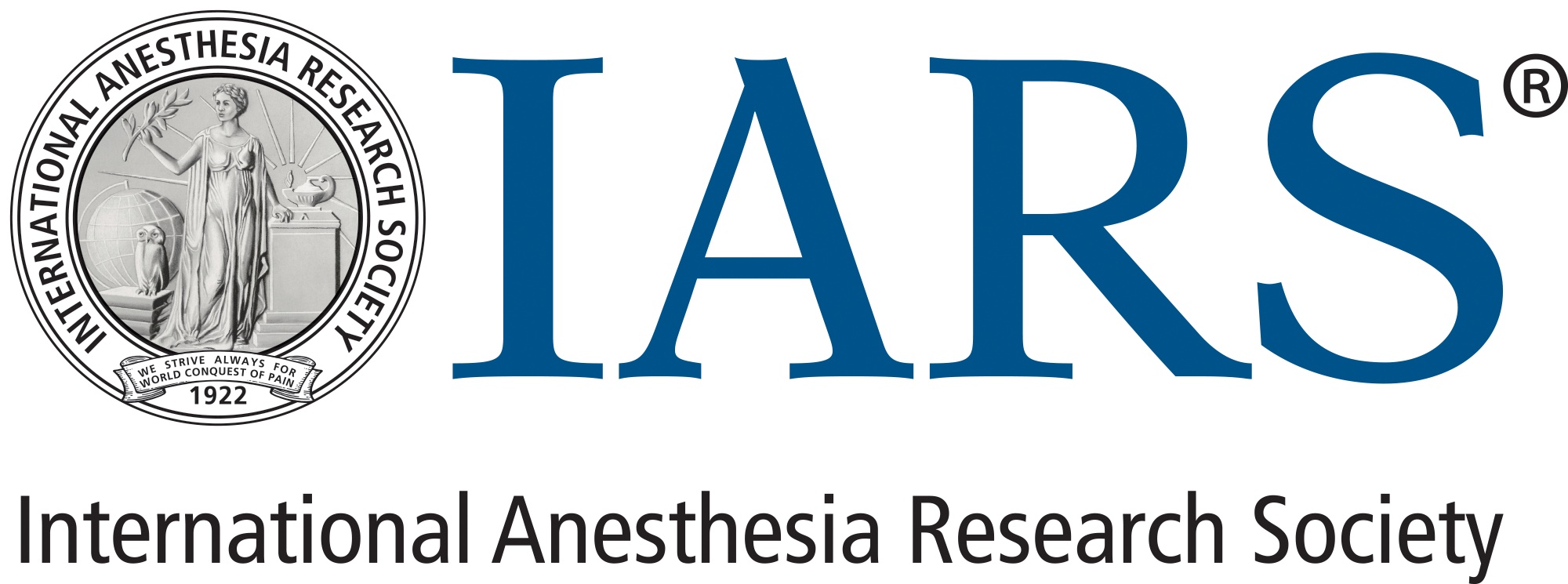Fluids, Pressors, or Etomidate?: How to Optimize Conditions for Success in Intubating the Critically Ill Patient
Jordan Francke, MD, MPH
The final full day of the 2025 Annual Meeting, presented by IARS and SOCCA, closed on Sunday, March 23 with a thought-provoking panel, “Emergency Airway Management Outside the Operating Room: Not for the Faint at Heart!,” moderated by Betsy K. Cotter, MD, an intensivist and associate professor of Anesthesiology, Pain, and Perioperative Medicine at the University of Kansas Medical Center, reviewing emergency airway management of the critically ill patient outside of the operating room. The session reviewed the complexities of managing both anatomically and physiologically difficult airways, explored how different pharmacologic agents for induction and hemodynamic support affect patient outcomes, and the role of point-of-care ultrasound (POCUS) in risk-stratifying patients and optimizing them prior to induction.
Kunal Karamchandani, MD, FCCP, FCCM, associate professor of Anesthesiology and Critical Care Medicine at UT Southwestern Medical Center, opened the session with his talk entitled, “Tracheal Intubation in Critically Ill Patients: Where We are and Where We Need to Go.” Dr. Karamchandani compared the INTUBE and INTUPROS trials, which both illustrated that intubation events in the critically ill are associated with high rates of cardiovascular instability and severe hypoxemia. He referred to these patients as having “physiologically difficult airways,” meaning that maintaining the patient’s hemodynamics while simultaneously obtaining ideal intubating conditions can be significantly challenging. This is contrasted with “anatomically difficult airways,” which are complex due to structural abnormalities such as edema, bleeding, redundant soft tissue, or anatomical deviations.
Dr. Karamchandani provided evidence that some patients may even deteriorate from relatively straightforward airways in the operating room to difficult airways in the ICU. This may be explained by worsening of airway edema, difficulty in obtaining optimal patient positioning, or absence of certain airway equipment to assist in the management of challenging airways. To assist providers in managing patients with physiologically difficult airways, Dr. Karamchandani spearheaded an international Delphi study harnessing the expertise of 35 clinician-researchers around the world to generate consensus of over 50 statements related to safe endotracheal intubation in the critically ill. They published these statements in the journal Intensive Care Medicine last year (https://pubmed.ncbi.nlm.nih.gov/39162823/).
The second speaker of the panel Craig S. Jabaley, MD, FCCM, associate professor of Anesthesiology at the Emory University School of Medicine and associate director of the Emory Critical Care Center, focused his presentation on the pharmacologic management around intubating the critically ill. He began by illustrating that patients with cardiovascular instability in the periintubation period are associated with lower survival in the ICU in the days following the event, though correlation versus causation remains unclear. Nevertheless, aiming to maintain hemodynamic stability through optimizing induction drugs and vasoactive peptides for support seems prudent.
Dr. Jabaley as well as Dr. Karamchandani both remarked that many anesthesiologists seem to preload critically ill patients with a fluid bolus or coadminister phenylephrine or norepinephrine with their sedative agents to mitigate the risk of cardiovascular collapse with induction. Dr. Jabaley shared data from the INTUBE, PREPARE, and PREPARE II trials that do not seem to support preemptive fluid boluses to prevent hemodynamic instability in the critically ill patient. To Dr. Jabaley’s knowledge, the only study that specifically investigated the role of prophylactic vasopressor boluses found that patients who received these fared worse over time compared to those who did not (https://pmc.ncbi.nlm.nih.gov/articles/PMC10344527/).
However, it is also reasonable to assume that providers only administered vasopressor boluses to patients that they were concerned had a high risk of periintubation decompensation, and thus these already represent the sickest subset of patients. Dr. Jabaley ended by discussing the role of specific sedative hypnotic drugs in preventing cardiovascular collapse. Dr. Jabaley reviewed data from a number of trials including INTUBE, PREPARE II, PreVent, DEVICE, INTUPROS and PREOXI, as well as a randomized controlled trial comparing etomidate to ketamine for induction (https://pubmed.ncbi.nlm.nih.gov/34904190/). Dr. Jabaley left the audience with this interpretation: Unless you think the patient will not survive induction without etomidate, choose ketamine for the best long-term patient outcomes.
The final panelist, Nibras Bughrara, MD, FCCM, FASA, professor and vice chair of Education at Albany Medical College, illustrated the profound utility POCUS may have in guiding management for intubating critically ill patients. With just three minutes of time, Dr. Bughrara utilizes specific views of cardiac, lung, and gastric ultrasound windows to decide whether patients need preinduction nasogastric tubes placed to avoid aspiration of gastric contents, fluid boluses prior to receiving sedative drugs, and whether propofol, etomidate, or ketamine should be utilized for induction. He showed numerous videos of this algorithm successfully, helping him manage real clinical case examples. His work will be published in the coming months.
International Anesthesia Research Society
